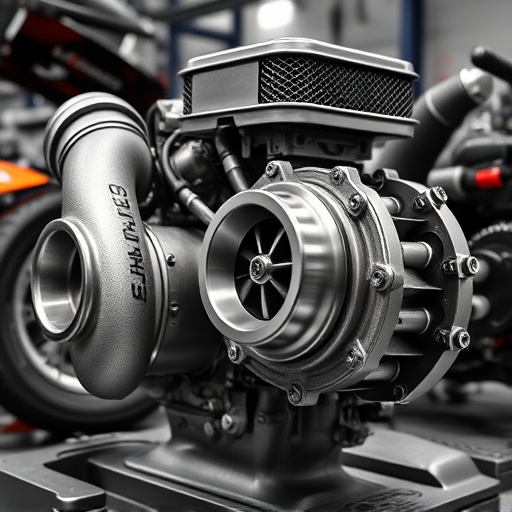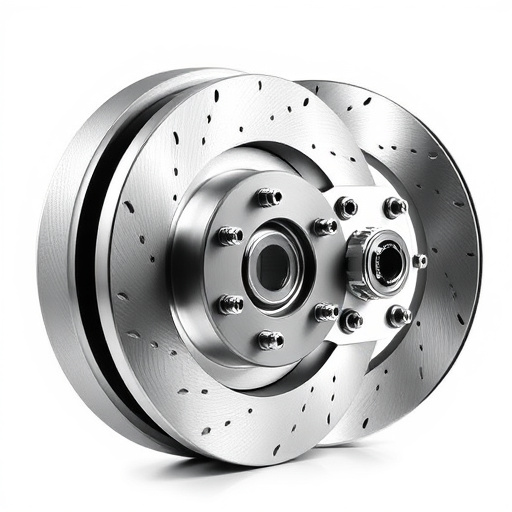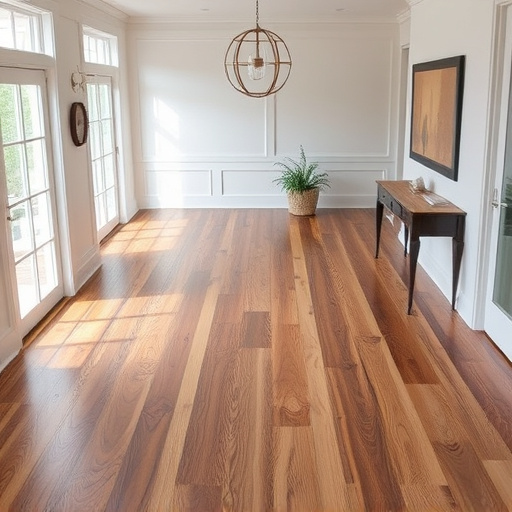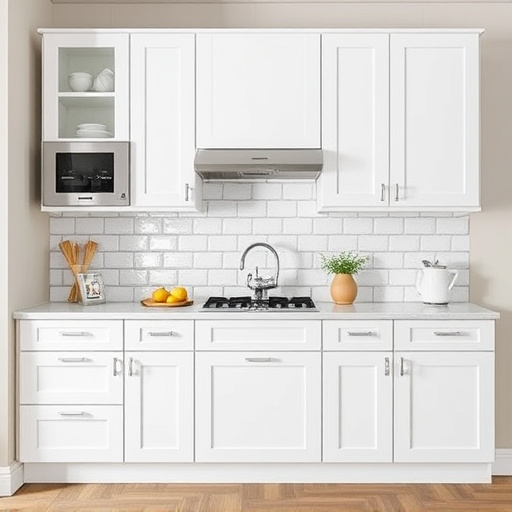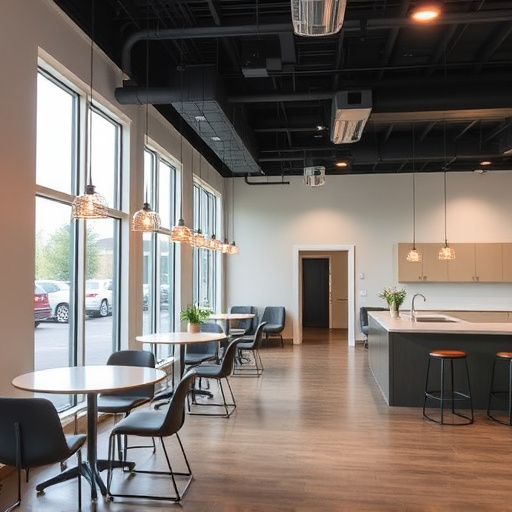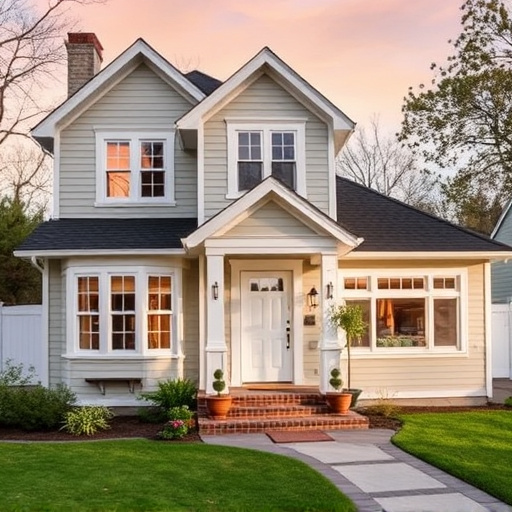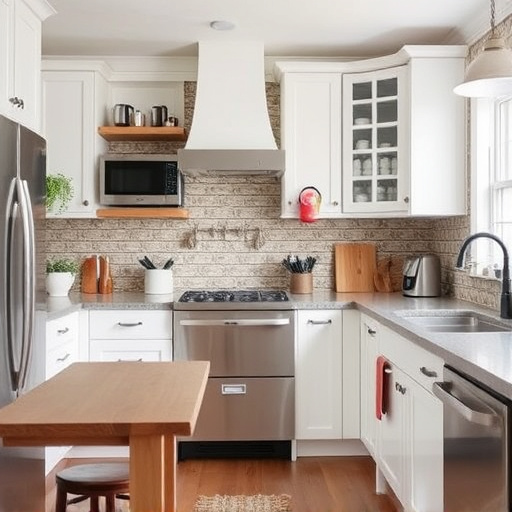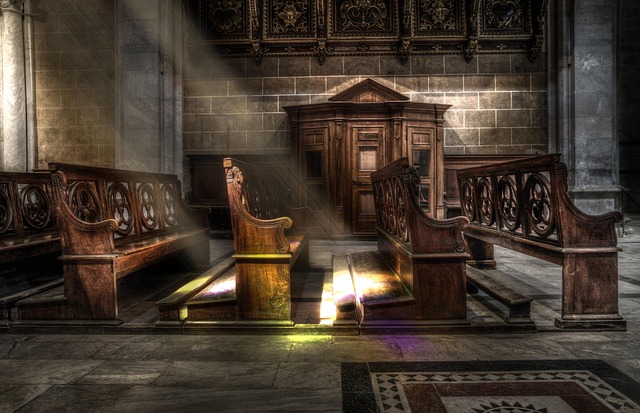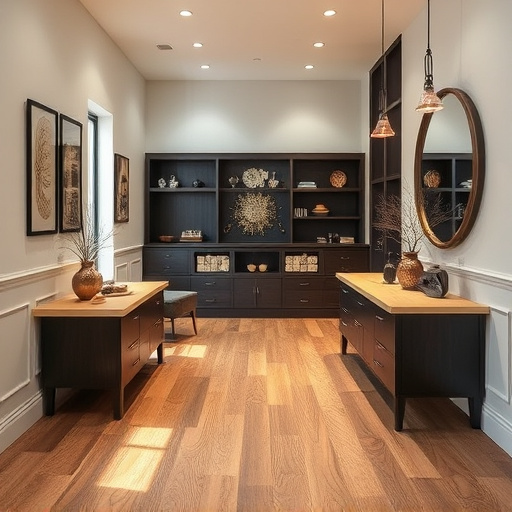A global trend towards minimalist design has transformed luxury kitchens, emphasizing clean lines, ample space, and sophisticated functionality inspired by Modern European aesthetics. This shift reflects a demand for practical, adaptable spaces that integrate functionality seamlessly. European modern minimalist kitchens use natural materials, sleek appliances, and strategic lighting to create elegant, uncluttered spaces. Customized work stations and unique touches elevate the minimalist aesthetic while maintaining practicality and inviting ambiance, making them a key consideration for home remodeling projects.
Modern European influence is reshaping luxury kitchen interiors, blending timeless aesthetics with contemporary functionality. This article explores three key trends: minimalist design’s rise across Europe, the power of craftsmanship and customization, and the growing emphasis on sustainability. Discover how these elements converge to create luxurious, personalized, and eco-conscious spaces that define today’s modern kitchen. Uncover the unique blend of tradition and innovation shaping the future of high-end culinary hubs.
- The Rise of Minimalist Design in Luxury Kitchens
- – Exploring the popularity of minimalist aesthetics across Europe
- – Key characteristics and materials used in modern minimalist kitchens
The Rise of Minimalist Design in Luxury Kitchens
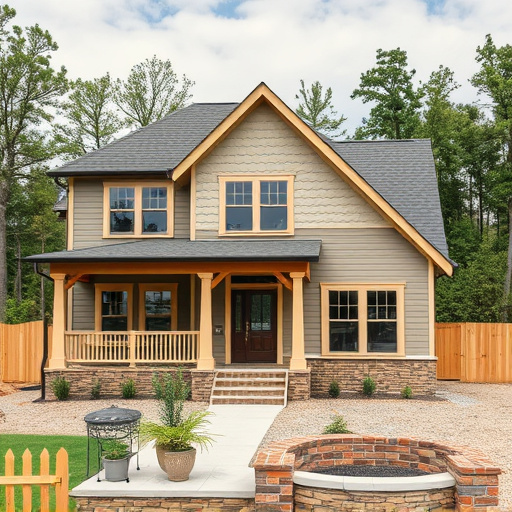
In recent years, there has been a noticeable shift towards minimalist design in luxury kitchens, reflecting a global trend that has taken over both commercial and residential spaces. This aesthetic prioritizes clean lines, ample space, and a focus on functionality, all while maintaining an air of sophistication. Modern European influence plays a significant role in this evolution, as designers draw inspiration from the continent’s renowned commitment to simplicity and elegance. The luxury kitchen, once cluttered with ornate details and extensive décor, is now embracing a more nuanced approach, focusing on high-quality materials, clever storage solutions, and subtle visual interests.
This shift towards minimalism in luxury kitchens is not merely about aesthetics; it also aligns with the increasing demand for practical and adaptable spaces. The modern lifestyle requires kitchens to serve as the heart of the home, accommodating a variety of activities from cooking and entertaining to working and learning. As such, residential renovations and kitchen remodels often include clever designs that maximize space, enhance workflow, and accommodate changing needs. This focus on functionality within a minimalist framework underscores the enduring appeal of modern European influence in luxury kitchen interiors.
– Exploring the popularity of minimalist aesthetics across Europe
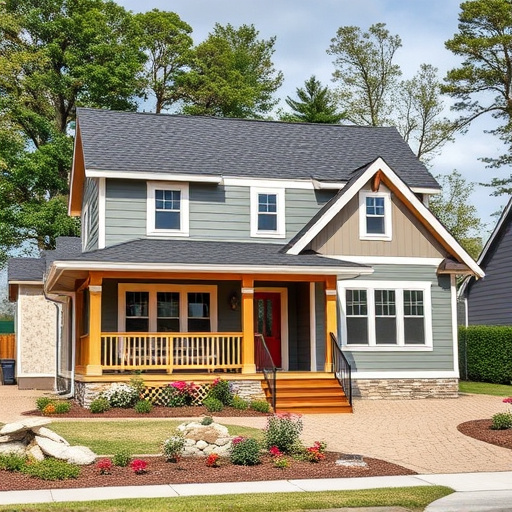
In recent years, Europe has witnessed a surge in the popularity of minimalist aesthetics across its diverse landscapes. This trend is not just confined to urban centers; it’s a movement that’s gaining traction in rural areas as well. The clean lines, uncluttered spaces, and neutral color palettes characteristic of minimalist design have found their way into luxury kitchen interiors, creating a serene and elegant atmosphere. Homeowners across the continent are embracing this style for its simplicity and practicality, often incorporating customized work to tailor these designs to their unique preferences and living styles.
The appeal of minimalist aesthetics extends beyond the aesthetic; it’s also about functionality. Modern European influences in luxury kitchen design emphasize versatile spaces that double as social hubs, seamlessly integrating with the rest of the house during whole house remodels. This trend is a testament to how contemporary design can enhance not just specific rooms but the overall ambiance and quality of life within a home, making it a key consideration for anyone embarking on home remodeling projects.
– Key characteristics and materials used in modern minimalist kitchens
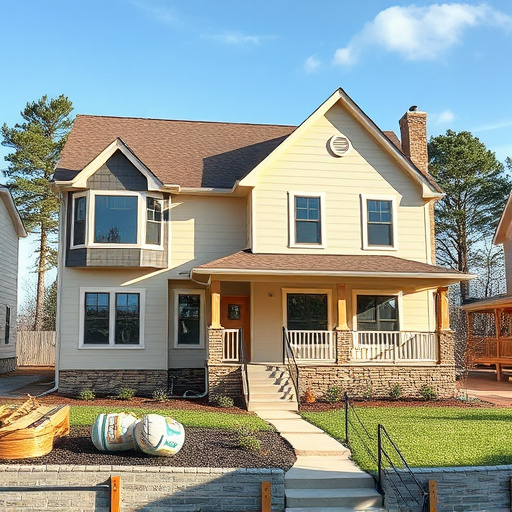
Modern minimalist kitchens in Europe embrace simplicity and functionality, creating luxurious spaces that are both elegant and practical. Key characteristics include clean lines, open layouts, and a focus on natural materials like wood, marble, and granite. Sleek appliances, often integrated seamlessly into countertops or hidden from view, contribute to the uncluttered aesthetic. Lighting is carefully considered, with task lighting enhancing work areas while ambient lighting creates a warm and inviting ambiance.
Customized work stations and functional spaces are central to this design philosophy, ensuring that every element serves a purpose. From pull-out drawers to built-in appliances, these features enable efficient meal preparation and cleanup. The influence of European design can also be seen in the incorporation of unique elements like custom-cut tiles or hand-crafted cabinetry, adding a touch of artisanal charm to what is otherwise a contemporary and minimalist luxury kitchen.
In conclusion, modern European influences have significantly shaped the landscape of luxury kitchen interiors. The rise of minimalist design, characterized by clean lines, natural materials, and thoughtful functionality, reflects a global trend that prioritizes simplicity and elegance. As these aesthetics continue to evolve, luxury kitchens become more than just functional spaces; they transform into serene oases that embody the refined tastes and modern lifestyles of their owners.




